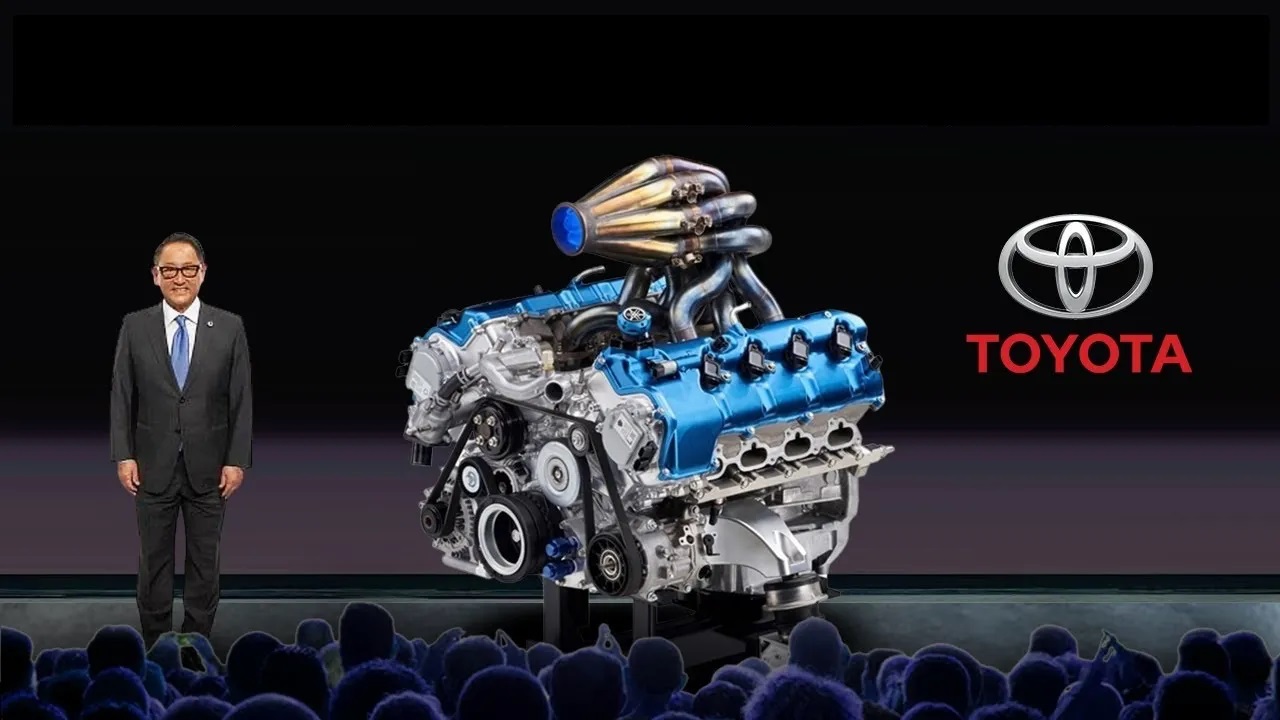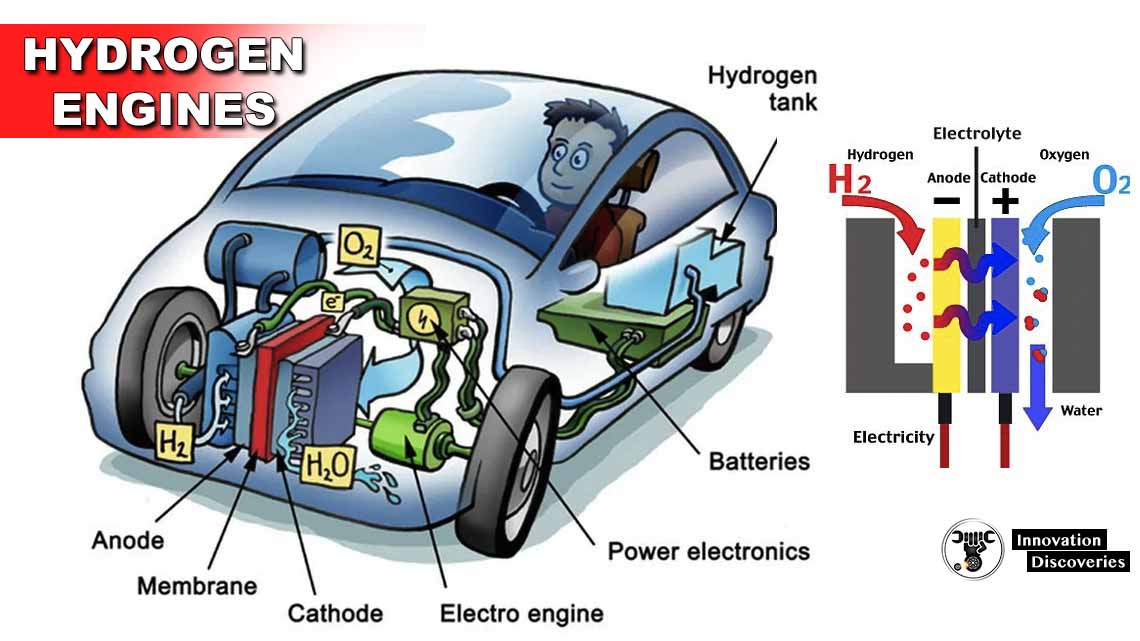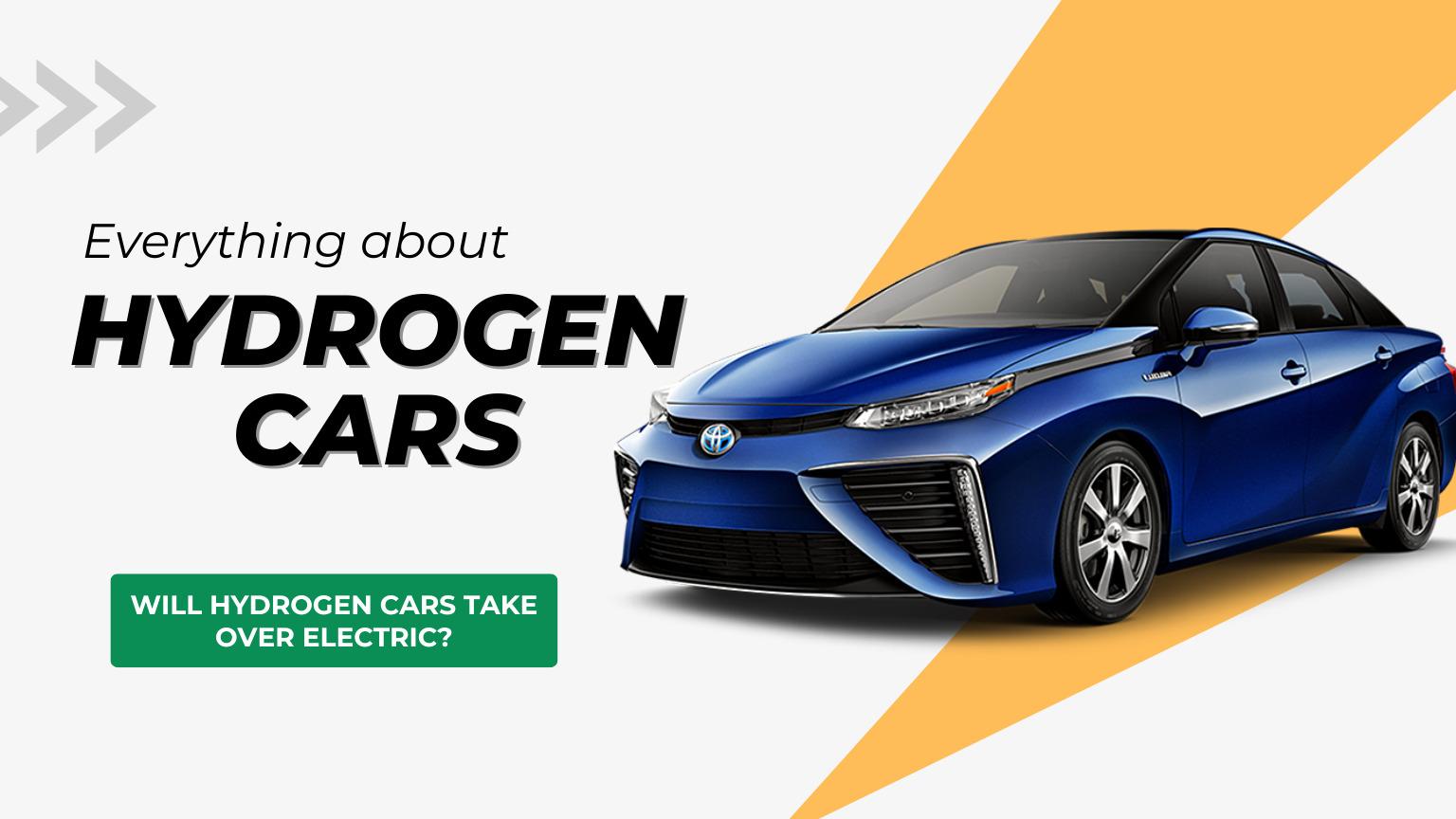Toyota CEO: “This New Engine Will Destroy The Entire EV Industry!”Toyota is cooking up something new in their garage! And it’s not just any ordinary vehicle. We’re talking about a brand-new, revolutionary hydrogen vehicle! So, you may have heard about the Mirai, the hydrogen-powered Toyota vehicle that uses fuel cells to generate electricity. But now, Toyota has come up with something completely different. They’re calling it the new hydrogen combustion engine. In today’s article we look at Toyota CEO: “This New Engine Will Destroy The Entire EV Industry!
This technology could be a game changer in the automotive industry. Unlike other manufacturers that have gone all-electric, Toyota is taking a different route. But it’s not just about being different, it’s about being better. So let’s dive in. We’re going to be talking about Toyota’s new hydrogen combustion engine, how it works and what it means for the industry. We all know that the planet is in a bit of a pickle.

According to Globalcitizen.org, the transportation industry is responsible for a whopping 15% of carbon emissions worldwide. And it’s no secret that traditional combustion engines have been a big contributor to the pollution problem. And while electric cars are gaining popularity, they’re not the only solution, some might argue. Enter Toyota’s new branch in its diversified carbon neutrality approach, the hydrogen combustion engine.
Hydrogen is the most abundant element in the universe and has the highest specific energy density of any nonnuclear power source. It’s exhaust free and non-toxic and can be created using many sources, stored indefinitely and shipped relatively easily. Millions of tons of hydrogen are produced and used without incident every year. And it’s already being used as a power source in buildings, electric cars, forklifts, ships and trains.
What’s the deal with hydrogen engines?
They have longer ranges and don’t need to be recharged like electric cars. And the only product that comes out of the exhaust pipe is water. That’s right. No harmful pollutants. Now, you might be wondering how it all works. All hydrogen engines use a fuel cell which converts hydrogen into electricity. It’s like magic, but with science.
Did you know that Toyota began cutting down on fossil fuel-powered vehicles back in 1997 when it first rolled out the Prius? They’ve been on the eco-friendly train for a while now. But they’re not the only ones. Automakers all over the world are working to create environmentally friendly cars using solar. energy, electrical energy and hydrogen power. It’s not just about saving the planet, it’s about providing energy security, improving air quality and minimising environmental impact. And once produced, hydrogen is also efficient and cost-effective.

To distribute most new vehicles, hydrogen refuelling stations create hydrogen on-site with electrolysis, using 100% renewable surplus energy. And the best part, these stations are containerised and only require water and power to operate. Power is supplied on green tariffs or at some stations, is sourced directly from solar or wind on-site. Toyota has now claimed to have created a new way of harnessing the power of hydrogen.
Corolla Cross H2:
Their engineering team recently showed off the Corolla Cross H2 concept a new prototype car with a hydrogen combustion engine. Toyota has been working on a new car with a hydrogen combustion engine different from the fuel cell technology that powers its last hydrogen-powered car, the Toyota Mirai, The concept of powering an internal combustion engine with hydrogen is not a new one.

One of the pioneers in the game was German automaker BMW, which introduced the 750 HL back in 2002, followed by the Hydrogen 7 in 2005. BMW’s Hydrogen 7 was based on a traditional gasoline-powered 6 litre V12, but with some modifications to burn hydrogen as well as gasoline. It’s a dual-fuel engine. And just to make it even cooler, only 100 of these bad boys were ever produced.
What are the Drawbacks of Hydrogen-powered car?
Here are some of the worst downsides. It’s highly flammable, so you might want to think twice before lighting a match anywhere near your hydrogen-powered car. It’s also difficult to process and store, which can be a bit of a headache. And let’s not forget about nitrous oxide, which is emitted during the combustion process. While it may not be as bad as carbon monoxide, the EPA still considers it a pollutant.

So, Toyota believes that there’s currently no single solution to reducing vehicle emissions or meeting customer transport needs. It’s all about delivering the right vehicle to the right place at the right time. So investments have to be made in all areas to meet immediate medium-term and long-term needs throughout the world. And that’s where hydrogen comes in, forming an integral part of Toyota’s Beyond Zero campaign. And they’re planning to do it with their H2.
What is H2?
It’s Toyota’s fancy name for hydrogen-powered internal combustion engines, and it’s looking like the future of automotive technology.
How does H2 work?
The GR Corolla H2 is equipped with a one-six-litre turbocharged three-cylinder engine. But with a twist, it runs on hydrogen. To make this happen, Toyota uses thick armoured fuel tanks to store the highly flammable hydrogen technology, which they picked up from their FCEV, the Mirai. And with just 5 hydrogens, the car can be driven for up to 300 miles. And the only thing it emits is 50 litres of water. So, we can say it is environmentally friendly.
Power:
Toyota has also teamed up with Yamaha Motor to create a hydrogen-fuelled V8 engine. That’s right, a V8 runs on hydrogen, and it produces 455 torque. But the real showstopper is the eight-into-one top-mounted exhaust manifold that creates a unique high-frequency sound. And if that’s not enough, hydrogen-powered cars also have a higher range and faster refuelling times compared to electric vehicles.
Only 90 seconds for the GR Yaris H2. It reduces the need for limited supply materials like lithium and nickel, which are used in EV battery packs. Our Corolla H2 is something to keep an eye on. And with real-world testing already underway, it won’t be long before we see these cars hitting the road. And when it does, forget everything you know about electric cars, because the Toyota hydrogen combustion engine has a lot of advantages over them. The biggest one is that it has a larger range, and refuelling is as fast as a drag race. Now, not only is this technology beneficial to drivers, but it’s also environmentally friendly.

You see, the Toyota hydrogen engine doesn’t require nearly as much rare metal as lithium or nickel, which are critical to the manufacturing of EV batteries. And while it does have a battery, it’s substantially smaller than an EV’s battery. The Corolla Cross H2 concept car is now undergoing real-world evaluation and winter road condition testing in northern Japan. And with the Japanese government’s high hopes for hydrogen, they plan to have 200,000 fuel cell-powered vehicles on the road by 2025 and 800,000 by 2030, with more refuelling stations planned across the country.
Sound:
It not only sounds fantastic, but the exhaust bark is no different from a tuned gasoline-powered vehicle. And with no fossil fuel to burn, Toyota’s innovative hydrogen engine emits nearly no CO2. Sure, it does produce a certain number of noxious gases, but significantly less than a pure gasoline car.
Safety:
Toyota have added stronger connecting rods, harder valves and valve seats, and fuel injectors that use gas instead of liquid. So you can ride with confidence, knowing that safety is a top priority. Now, let’s get to the nitty gritty.
What are the benefits of this new technology?

Well, let’s start with the main drawback of electric car charging. We’ve all heard horror stories, but it’s no big deal with hydrogen. Just like an ice car, hydrogen takes 90 seconds to fill up. And although there aren’t many outlets right now supplying it, they normally integrate well with traditional gas stations. The small battery in the GR Yaris H2 requires fewer raw materials like lithium or nickel, making it even more environmentally friendly.
Also Read : Top 10 Trending Technologies In 2023
